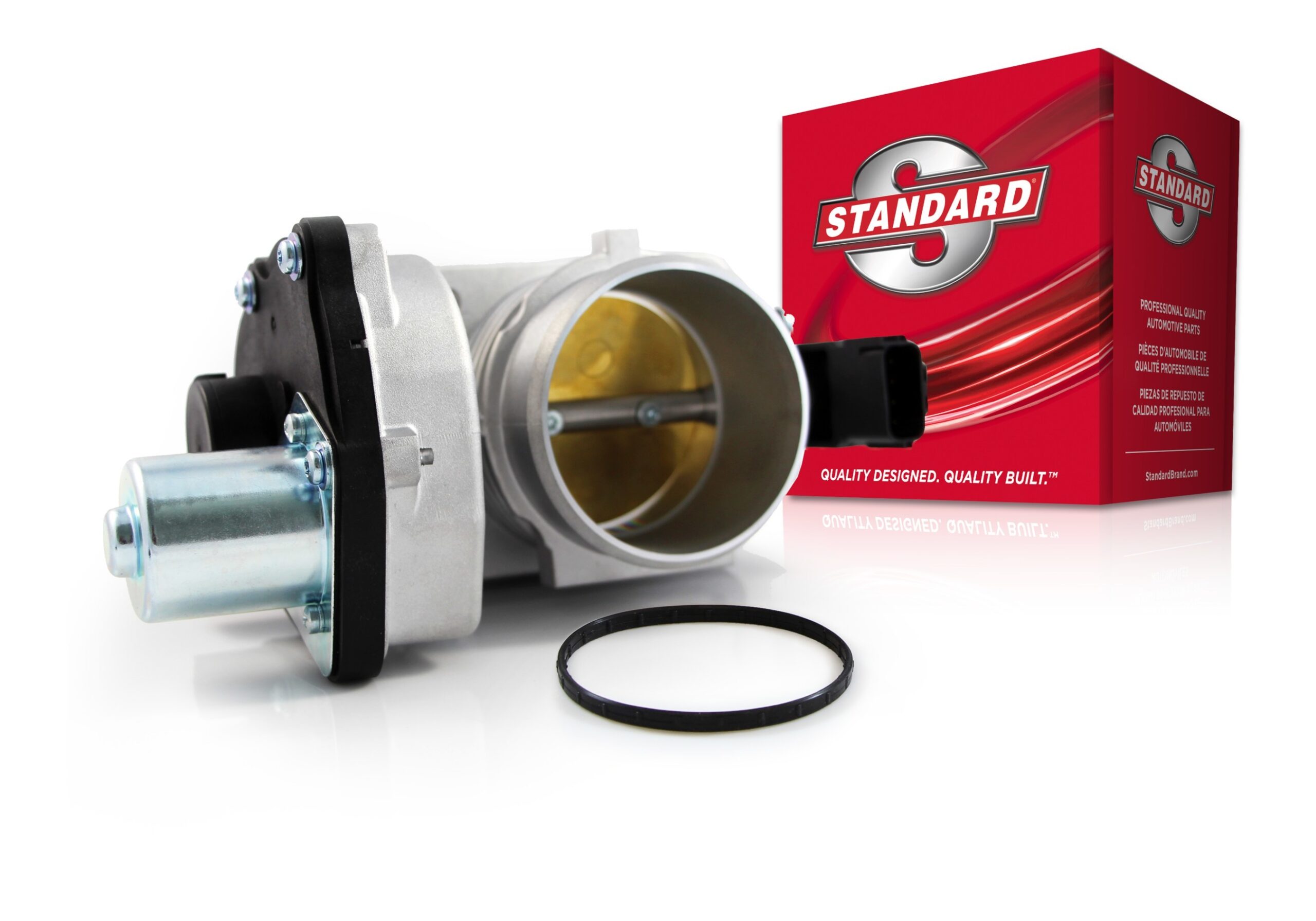Gas Handling Tips To Keep Your Laboratory Safe

Compressed gas accidents are one of the biggest safety risks facing laboratories and other scientific facilities. If your lab handles calibration gases such as nitrogen, oxygen, or carbon monoxide, then you need strict best practices to keep your employees and your facility free from harm. From inspecting gas cylinders when they arrive to safe storage techniques, here are three crucial gas handling tips to keep your laboratory safe.
Inspect Gas Cylinders Upon Arrival
Sometimes, a brief quality inspection is all you need to prevent an accident. That’s why it’s essential to inspect compressed gas cylinders when they arrive at your facility. Ensure each cylinder has the regulator removed and a safety cap in place. Look for trouble signs like rust, pitting, or grease and oil around the valve. Finally, inspect each cylinder’s label and certification to make sure every cylinder has clear identification.
By taking these precautions before accepting new gas cylinders, you can minimize the dangers that stem from tampering, damaged products, or poor-quality shipments. Another way to ensure you receive safe gas cylinders is to work with a quality calibration gas supplier that you can trust to deliver safe products that always meet industry standards.
Keep Gases Clean To Prevent Contamination
Routine cleaning is another key gas-handling tip that will help keep your lab safe. In addition to being a safety risk, contaminated gases are less effective and accurate. Don’t let contamination prevent your lab from performing the work it needs to. Instead, maintain a comprehensive cleaning routine and follow best practices to preserve the purity of your calibration gases.
Be sure to close cylinder valves when you’re not using the gas, so contaminants don’t enter the cylinder. Additionally, prevent cross-contamination by using regulators and other handling equipment for one type of gas at a time.
Store Gases Safely
Safe storage habits are also important when handling calibration gases in your facility. Prevent accidents by securing gas cylinders with strong materials like chains or plastic-coated wire cables.
Additionally, organize your gases by hazard class so you can keep dangerous substances away from each other. For example, always keep oxidizers away from flammable gases to prevent fires. Finally, invest in proper ventilation and always keep the storage area dry and cool.





